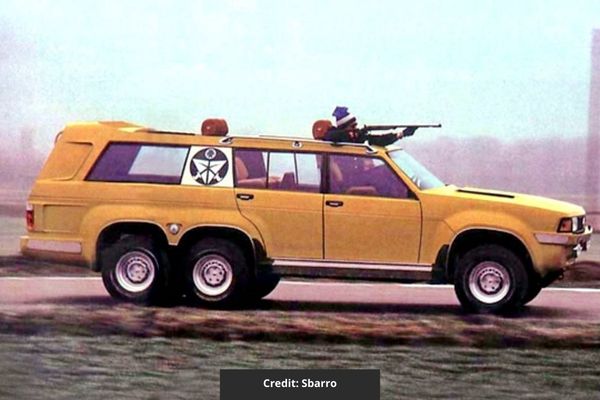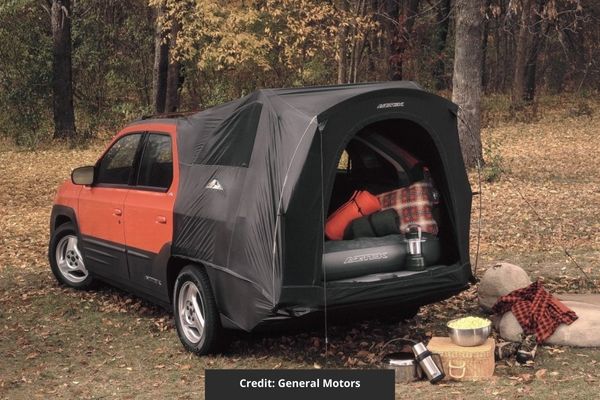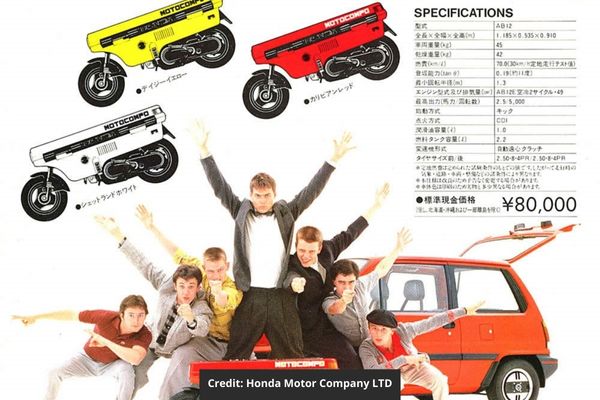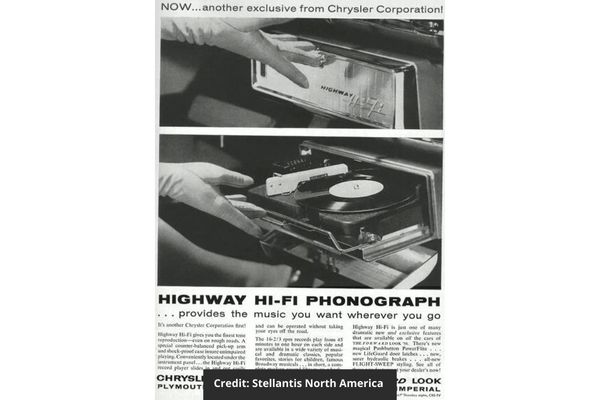The car industry’s craziest optional extras
Optional extras are one of the hidden treats when buying a classic car. Just when you think you’ve found the perfect make, model, colour and engine combination, you often find there’s a hidden gem of an extra. Usually, it’s a radio, leather seats, or maybe a rare set of alloy wheels, but there are much more unusual additions, as we’ve discovered...
One of the weirdest extras fitted to any car has to be the raised seats chosen by wealthy Middle Eastern buyers. Popular in the 1970s and 1980s, these full-size seats were like armchairs that could rise up electrically so the occupant had an uninterrupted view when hunting in the desert. A roll-back canvas roof allowed models from the likes of Glenfrome and Sbarro let their owners sit up to one metre higher than normal at the touch of a button while travelling at speed over rough terrain. What it did for their aim is not mentioned in the brochure…

When not being used for hunting, these bespoke 4x4s, usually based on the original Range Rover or Mercedes G-Wagen, could function as a luxury SUV. They were mostly fitted with leather upholstery, fridges for cold drinks, washbasins, and even cooking equipment for longer trips into the desert.
A more genteel approach to dining on the move was offered by conversion maestro Harold Radford. The company’s Countryman update was offered on Bentley and Rolls-Royces of the 1950s and ’60s, creating a hatchback in place of the saloon boot and seating for two. It also came with a luxurious picnic kit and weather protection, so you could enjoy your cucumber sandwich and glass of champagne at the races without fear of getting wet.
When you were done eating and drinking, the Radford Countryman conversion also offered the option of a full-size bed, revealed by folding down the seats. Just the thing after a hard day’s relaxing, and when you woke up there was a kettle for a cup of tea and a basin with hot water to freshen up with. All of this cost a discreet £5500 in 1960 when a new Rolls-Royce Silver Cloud II cost £5800.
For campers on more of a budget, Pontiac offered a tent as an option for its oddball Aztec. Given the Aztec was aimed at drivers who wanted to go into the wilds, it wasn’t such a strange extra but the tent wasn’t that big and you still ended up sleeping inside the car, so it was ultimately pointless. As a result, it was an option that few Aztec buyers took up, though now these fitted tents are much sought-after additions to a car that has gained a cult following.

If you did go camping in your Aztec, Pontiac also made the car with a built-in fridge as part of the centre dash console, so you could keep your milk and eggs chilled for breakfast. Toyota, on the other hand, thought an ice maker was a much better option in its functionally named Van, which was more catchily titled Space Cruiser in Europe. Working on the basis that plenty of areas in the US and Europe could get very hot weather, what better than offering ice cubes to chill drinks on the move?
Toyota used the van’s air conditioning system to freeze specially designed ice trays inside the refrigerator positioned between the front seats and just in front of the gear lever. The trays were made to be spill-proof so that when you filled them up they didn’t leak all over the cabin.
Another compact solution from a Japanese car maker was Honda’s Motocompo scooter. This scaled-down folding motorcycle was sold alongside the Honda City, which has its boot purpose-designed around the dimensions of the Motocompo. The idea was you could drive most of your journey into the city centre and then use the scooter to beat traffic jams for the last mile or two. This was joined-up mobility thinking in 1981 long before modern trends for multi-vehicle journeys.

Offered in bright white, red, or yellow, the boot bike could be bought separately from the Honda City car, and Honda sold 53,369 Motocompos in three years. Its 49cc two-stroke engine developed 2.5hp and it was light enough for most people to lift in and out of the car boot easily. Today, the Motocompo is more collectible than the Honda City car, though the two together make for a show-stopping combination.
One more unusual optional extra that can bring crowds to a halt is an in-car record player. Long before Bluetooth and Spotify, if you wanted tunes on the move, you needed something to play the platters that matter. The first to offer this was Chrysler in the early 1950s and it was a well-timed option as rock ’n’ roll began to emerge along with the phenomenon of teenagers who wanted music on the move that didn’t come from the same radio stations their parents listened to.

Creating a record player that didn’t skip and scratch as the car drove along was a challenge. It meant many in-car record players worked at half the normal speed of a domestic player and this demanded specially made vinyl records. None of this put off plenty of famous customers, such as the Beatles, who had in-car record players as the must-have accessory.
However, like so many weird and wonderful optional extras for cars, the record player was rendered obsolete with the advent of the 8-track tape. Ford was the first to offer this new music player in its cars in 1965, offering much better quality and stereo sound in a more compact, easy-to-use format. The in-car record player might have seemed a wild optional extra when new, but now it’s hard to imagine any new car that doesn’t come with a stereo fitted as standard.
We’ve covered the craziest… so, what’s the most useful optional extra you’ve ever found fitted to a car? Let us know in the comments.

I have a 1960 model Desoto Fireflight which I have had to fit the 'OPTIONAL!!!' windscreen washers. I thought the Yanks were forward thinkers but they didn't think being able to look forward clearly was important. These original optional washers were hard to find but managed to pilfer, err, borrow some from a breaker in Arizona. P.S. The car came with the optional record player!
Ticketyboo, 26/08/2023
COMMENT